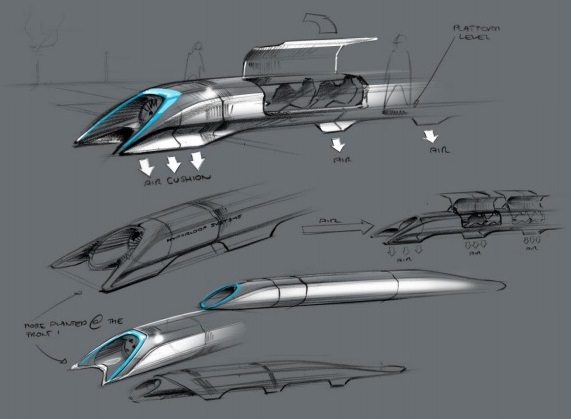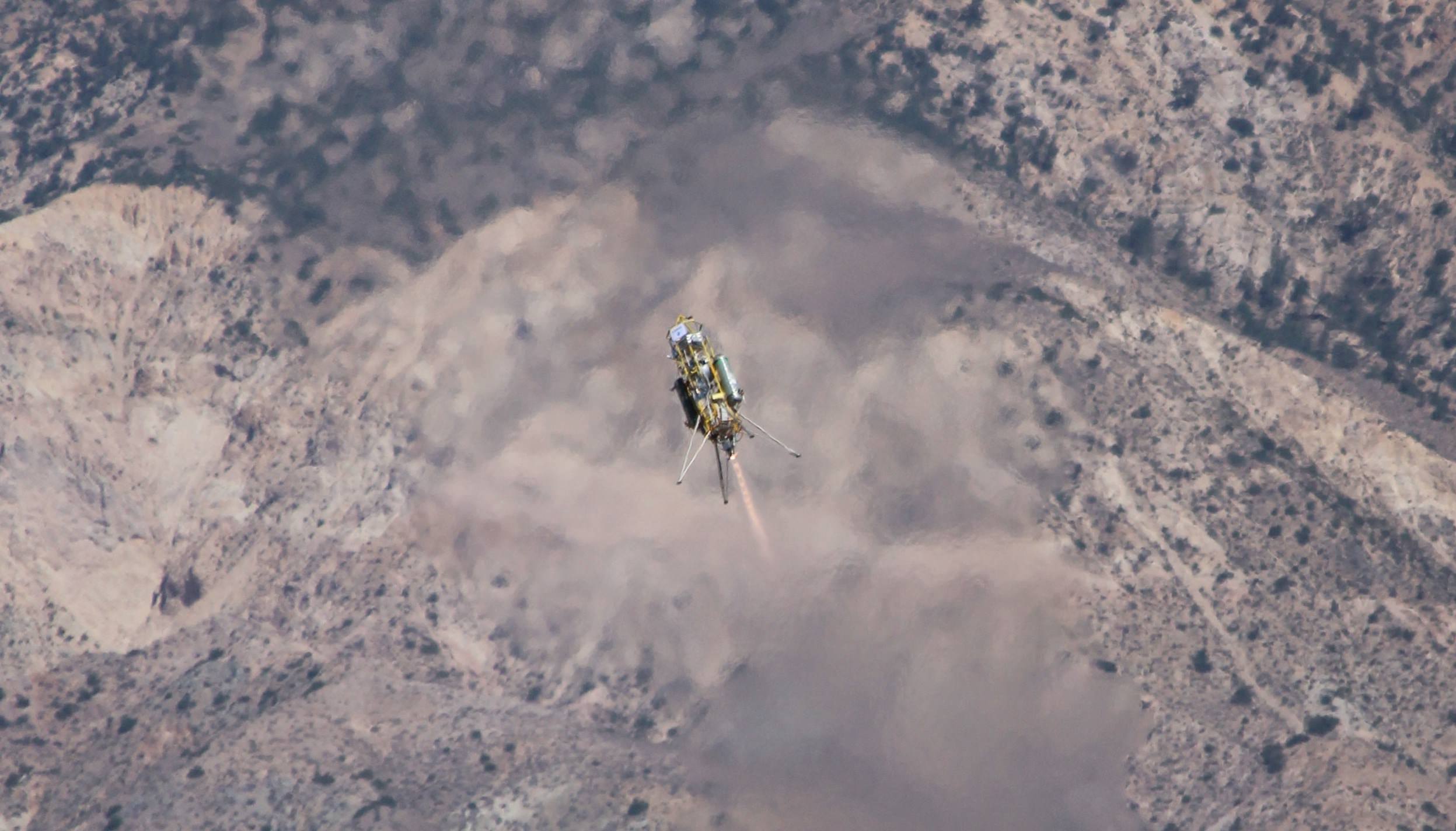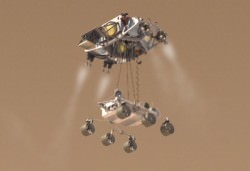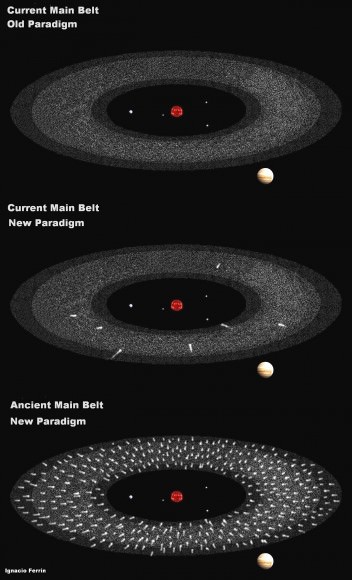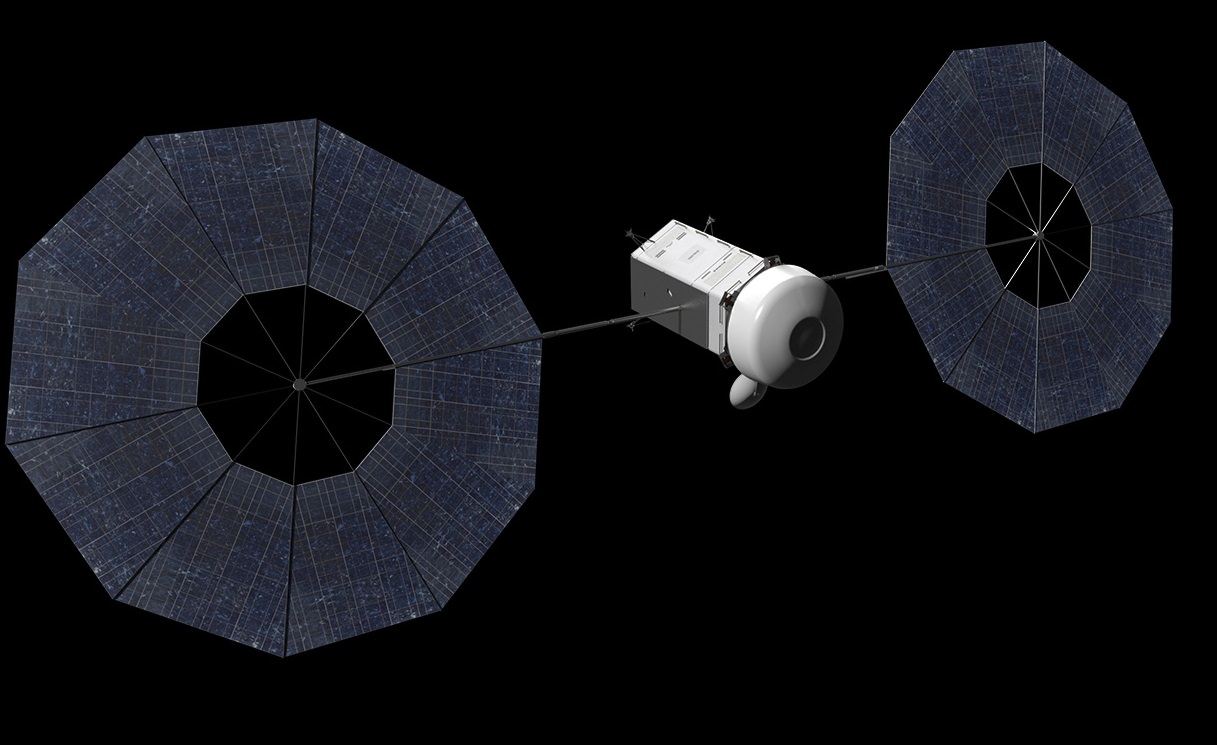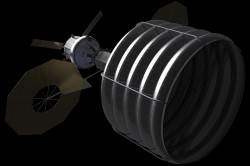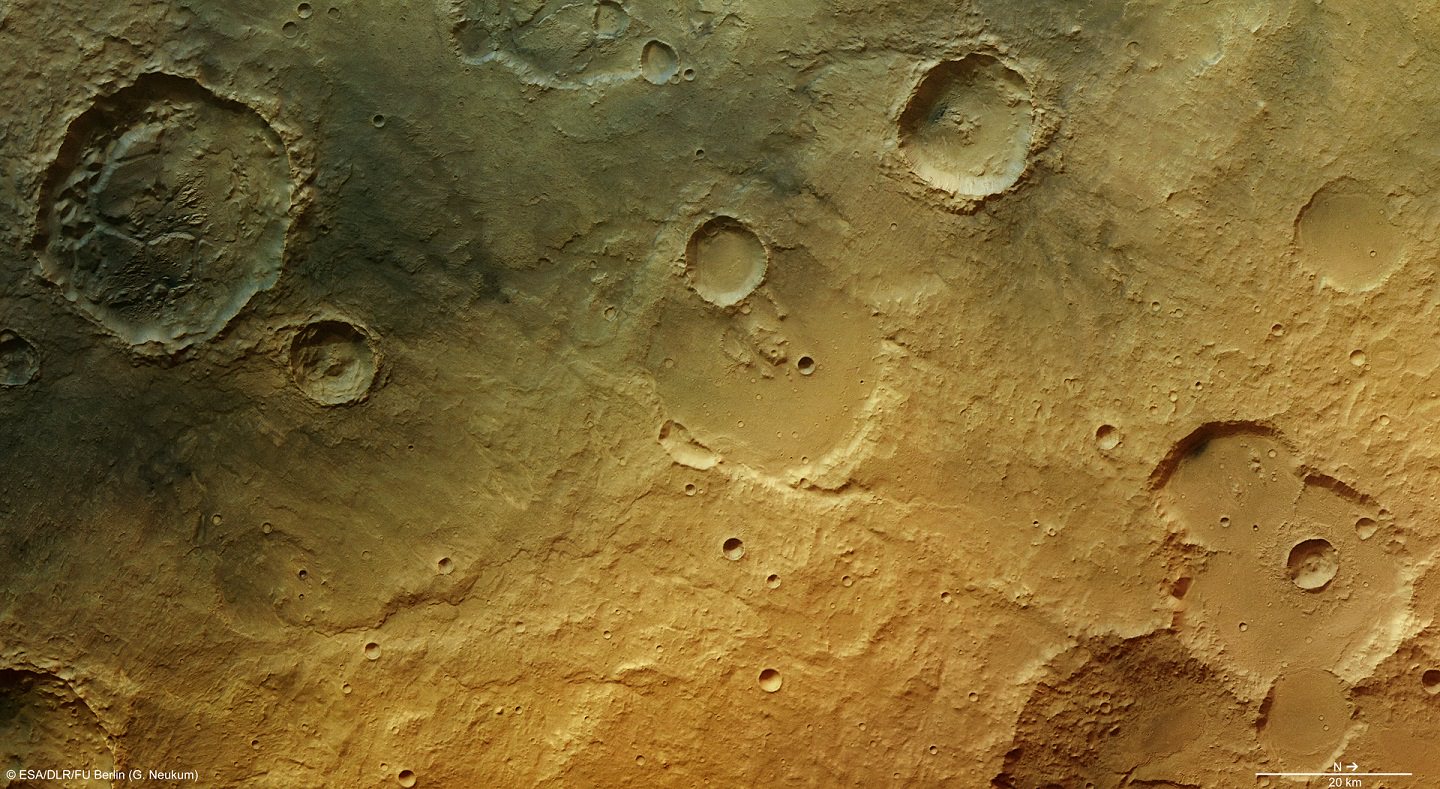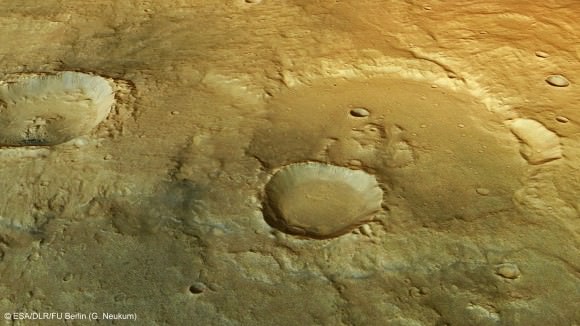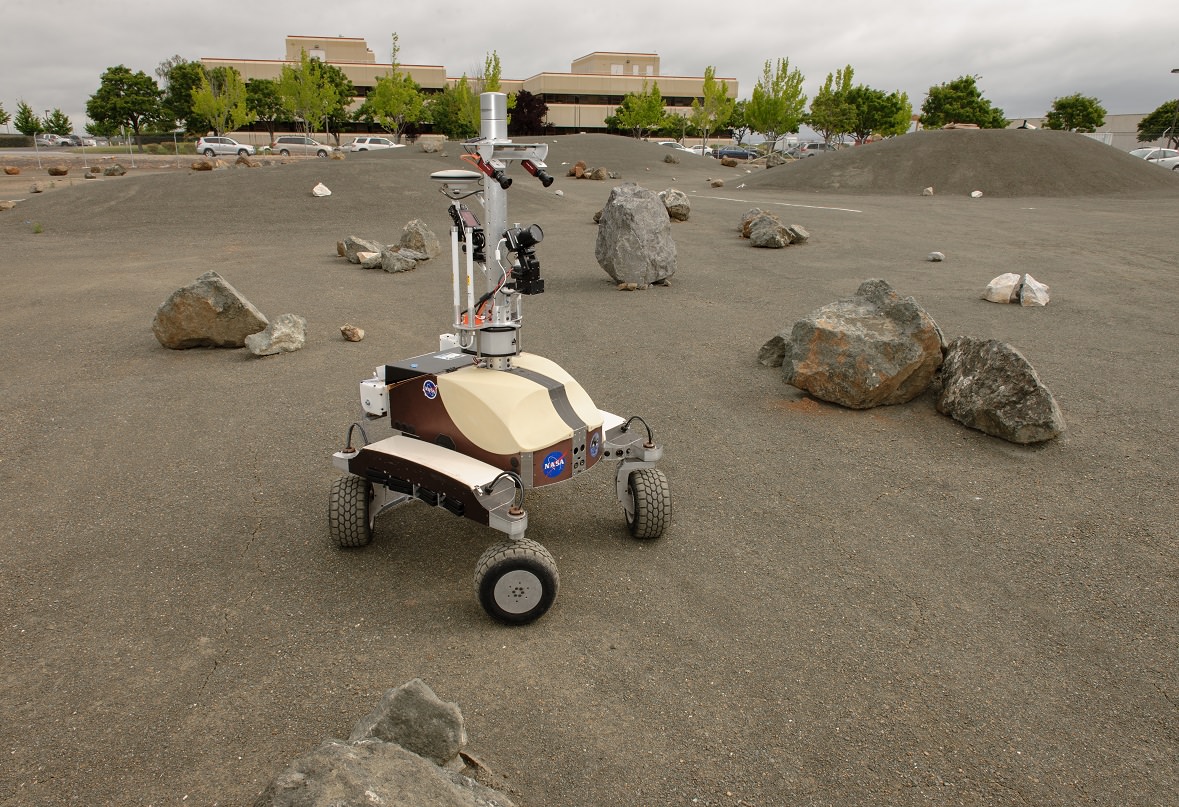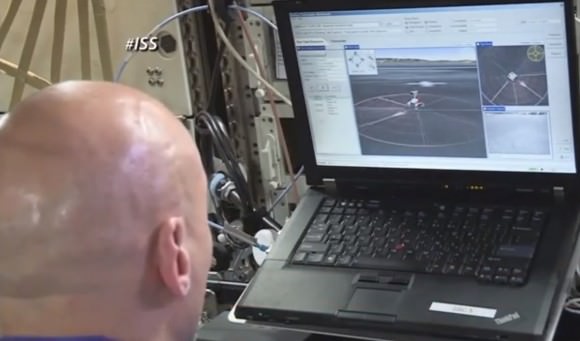This week, SpaceX founder and billionaire Elon Musk (who also founded electric vehicle manufacturer Tesla Motors) released his vision for a futuristic transportation system. Called hyperloop, it’s supposed to be better than flying supersonic over short distances. To give you a quick overview, we’ve summarized a portion of his paper below.
What is a hyperloop? In Musk’s words, a hyperloop is a system to “build a tube over or under the ground that contains a special environment.” Cars would basically be propelled in this tube. One example could be a huge sort of pneumatic tube where high-speed fans would compress and push the air — although the friction implications make Musk skeptical that it would work. Another option is having a vacuum in the tube and using electromagnetic suspension instead. Musk acknowledges it is hard to maintain a vacuum (one small leak in hundreds of miles of tubing, and the system shuts down), but there are pumping solutions to overcome this. He favors the second solution.
What is the motivation? Musk is seeking an alternative to flying or driving that would be “actually better than flying or driving.” He expressed disappointment that a proposed high-speed rail project in California is actually one of the slowest and most expensive of its type in the world, and speculated that there must be a better way.
What is the biggest technical challenge? Overcoming something called the Kantrowitz limit. Musk describes this as the “top speed law for a given tube to pod area ratio”. More simply, if you have a vehicle moving into an air-filled tube, there needs to be a minimum distance between the walls of the vehicle and the walls of the tube. Otherwise, Musk writes, “the capsule will behave like a syringe and eventually be forced to push the entire column of air in the system. Not good.”
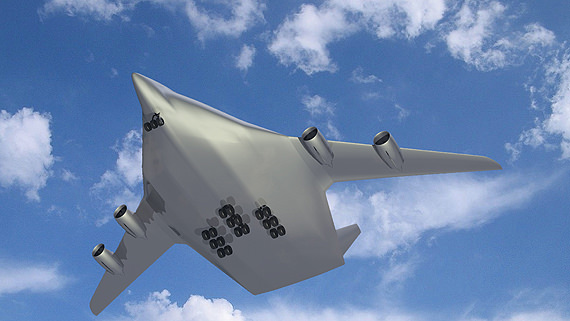
How will Musk overcome that challenge? The principal ways of getting around it is to move slowly or quickly. A hyperfast speed would be a “dodgy prospect”, Musk writes, so his solution is to put an electric compressor fan on the capsule nose that would move high-pressure air from the front to the back of the vehicle. As a bonus, this would reduce friction. Yes, there are batteries available that would have enough power to keep the fan running for the journey’s length, he says.
How is hyperloop powered? Solar panels would be placed on top of the tube, providing enough juice to keep the vehicles moving, according to Musk’s calculations.
What about earthquakes? Musk acknowledges that a long-range system is susceptible to earthquakes. “By building a system on pylons, where the tube is not rigidly fixed at any point, you can dramatically mitigate earthquake risk and avoid the need for expansion joints,” he writes.
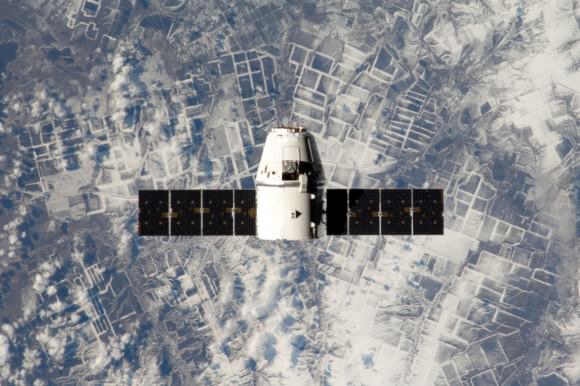
Where would hyperloop be used? In a description of the system, Musk says the hyperloop would be best served in “high-traffic city pairs that are less than about 1,500 km or 900 miles apart.” Anything more distant, and supersonic travel would be the best solution. (Short distance supersonic travel isn’t efficient because the plane would spend most of its time ascending and descending.)
Is it cost-effective? Musk estimates the tube would be “several billion dollars”, which he describes as low compared to the “tens of billion [sic] proposed for the track of the California rail project.” The individual capsules would be several hundred million dollars. Moreover, building a tube instead of a railway offers advantages, Musk says: it can be built on pylons (meaning you don’t need to buy the land), it’s less noisy, and there’s no need for fencing.
I want more information. Musk wrote a technical proposal that spans several dozens of pages, which you can check out here. He calls his system an open-source one and seems to be open to ideas to improve it.
Feel free to leave your feedback in the comments. Does this look feasible? Is there anything that could be added to make it a better system?

